Dynamic Synthesis of Three−Point Circle Peripheral Docking Technology Pose
Abstract
1. Introduction
2. Structural Design
2.1. Structural Principle
2.2. Structural Transmission System Design
3. Visual Positioning System
3.1. System Design
3.2. Modules and Algorithms
4. Dynamic Simulation Analysis
4.1. Simulation Analysis of the Positive Docking Process
4.2. Simulation Analysis of the Oblique Docking Process
5. Experimental Analysis
5.1. Hardware Equipment
5.2. Data Transmission
5.3. Experimental Data
6. Discussion
7. Conclusions
8. Patents
Author Contributions
Funding
Conflicts of Interest
References
- Zhang, C.; Liu, Z. Review of space docking mechanism and its technology. Aerosp. Shanghai 2016, 33, 1–11. (In Chinese) [Google Scholar]
- Chen, M.; Xiao, Y.; Zhang, T. Artificial intelligence technology in space servicing and manipulation. Manned Spacefl. 2018, 24, 285–291. (In Chinese) [Google Scholar]
- Sun, J.; Tian, Q.; Hu, H. Advances in dynamic modeling and optimization of flexible multibody systems. Chin. J. Theor. Appl. Mech. 2019, 51, 1565–1586. (In Chinese) [Google Scholar]
- Shen, X.; Zeng, L.; Jin, Y.; Zhang, Q. Status and prospect of on−orbit assembly technology. Manned Spacefl. 2017, 23, 228–235. (In Chinese) [Google Scholar]
- Floresabad, A.; Ma, O.; Pham, K.; Ulrich, S. A review of space robotics technologies for on−orbit servicing. Prog. Aerosp. Sci. 2014, 68, 1–26. [Google Scholar] [CrossRef]
- Zhao, J. Research on Visual Simulation System of Docking Process of Replenishment at Sea; Jiamusi University: Jiamusi, China, 2017. [Google Scholar]
- Wang, W.; Yang, J. Spacecraft Docking & Capture Technology: Review. J. Mech. Eng. 2021, 57, 215–231. [Google Scholar]
- Parma, G. Overview of the NASA docking system and the international docking system standard. In Proceedings of the AIAA Annual Technical Symposium, Houston, TX, USA, 20 May 2011. [Google Scholar]
- Ma, S.; Feng, X.; Kong, N.; Zhou, L.; Zhu, Z. Review and development prospect of space rendezvous and docking mechanism. J. Rocket. Propuls. 2022, 48, 1–15. [Google Scholar]
- Wu, H.; Li, Y.; Jiang, Y.; Zhou, Z. Summary of AUV underwater recycle docking technology. J. Harbin Eng. 2019, 40, 1–11. [Google Scholar]
- Nicolis, D.; Palumbo, M.; Zanchettin, A.M.; Rocco, P. Occlusion−free visual servo for the shared autonomy teleoperation of dual−arm robots. IEEE Robot. Autom. Lett. 2018, 3, 796–803. [Google Scholar] [CrossRef]
- Dong, Q.; Chen, L. Impact dynamics simulation and robust control for stabilizing of a space manipulator capturing satellite. Chin. J. Comput. Mech. 2014, 3, 315–321. (In Chinese) [Google Scholar]
- Yin, T.; Deng, Z.; Hu, W.; Li, Q.; Cao, S. Dynamic modelling and simulation of orbit and attitude coupling problems for structure combined of spatial rigid rods and spring. Chin. J. Theor. Appl. Mech. 2018, 50, 87–98. (In Chinese) [Google Scholar]
- Xu, Z.; Lin, M.; Li, J.; Zhang, B.; Mao, Q.; Yan, A. Design of docking/separation mechanism based on permanent magnet technology. Aerosp. Shanghai (Chin. Engl.) 2021, 38, 128–135. [Google Scholar]
- Petrillo, D.; Buonomo, M.; Cavinato, A.; Chiariotti, F.; Gaino, M.; Branz, F.; Olivieri, L.; Sansone, F.; Francesconi, A.; Borst, G. Flexible electromagnetic leash docking system experiment from design to microgravity testing. In Proceedings of the 66th International Astronautical Congress, IAC−15, Jerusalem, Israel, 12–16 October 2015; pp. 1–12. [Google Scholar]
- Debus, T.J.; Dougherty, S.P. Overview and performance of the frontend robotics enabling near−term demonstration (FREND) robotic arm. In Proceedings of the AIAA Infotech@Aerospace Conference, Seattle, DC, USA, 6–9 April 2009; AIAA: Reston, VA, USA, 2009. AIAA 2009−1870. [Google Scholar]
- Lorenzo, O.; Alessandro, F. Design and test of a semi androgynous docking mechanism for small satellites. Acta Astronaut. 2016, 122, 219–230. [Google Scholar]
- Zhang, L.; Shao, J.; Zhou, H.; Zhang, C. Analysis and optimization of force transmissibility and kinematic performance of low impact docking mechanism. Manned Space Flight 2015, 21, 462–467. (In Chinese) [Google Scholar]
- Xie, Z. Research on the Low Impact Space Docking Mechanism and Active Compliant Control. Master’s Thesis, Harbin Institute of Technology, Harbin, China, 2017. (In Chinese). [Google Scholar]
- Zhu, Y.; Zhang, W.; Deng, Z.; Liu, C. Dynamic Synthesis Correction of Deviation for Aircraft Wing−fuselage Docking Assembly Based on Laser Tracker and Machine Vision. J. Mech. Eng. 2019, 55, 187–196. [Google Scholar]
- Lei, P.; Li, W.; Li, T.; Liu, F.; Liu, C. Research and Development of Automatic Docking System of Ship Shafting Based on 3D. Editor. Off. Ship Build. China 2021, 192–201. [Google Scholar]
- Zha, Q.S.; Zhu, Y.G.; Zhang, W.B. Visual and automatic wing−fuselage docking based on data fusion of heterogeneous measuring equipments. J. Chin. Inst. Eng. 2021, 44, 792–802. [Google Scholar] [CrossRef]
- Zhang, Y.; Ai, J. Positioning of aerial refueling drogue and docking control based on binocular vision. Chin. Inst. Electron. 2021, 2940–2953. [Google Scholar]
- Kun, Y.; Mingyu, C.; Jiajia, D.; Xiangyu, L. Monocular visual navigation method for capture point of docking ring. Chin. J. Sci. Instrum. 2018, 228–236. [Google Scholar]
- Feng, Z.; Yue, Y.; Dai, D.; Yuan, L.; Nan, Y. High precision line−of−sight angle measuring and large ranging laser radar system for deep−space rendezvous and docking. Appl. Opt. 2020, 59, 10565–10573. [Google Scholar] [CrossRef]
- Wang, G.; Gao, Y.; Ma, Y.; Xue, X.; Zhang, W.; Shao, S. High accurate docking technology of laser and theodolite. Chin. Soc. Astronaut. 2018. [Google Scholar]
- Chen, L.; Huang, P.; Cai, J.; Meng, Z.; Liu, Z. A non−cooperative target grasping position prediction model for tethered space robot. Aerosp. Sci. Technol. 2016, 58, 571–581. [Google Scholar] [CrossRef]
- Li, X.; Liang, X.; Jia, S.; Li, M. Visual measurement based automatic docking for intelligent wheelchair/bed. Chin. J. Sci. Instrum. 2019, 4, 189–197. [Google Scholar]
- Mu, Z.; Ye, D.; Wu, S. Technology of electromagnetic docking mechanism using nanosatellites. Beijing Hangkong Hangtian Daxue Xuebao 2018, 44, 2644–2650. [Google Scholar]
- Yu, K.; Cong, M.; Dai, W. Spatial target vision pose measurement based on 3D model. Chin. J. Sci. Instrum. 2019, 4, 179–188. [Google Scholar]
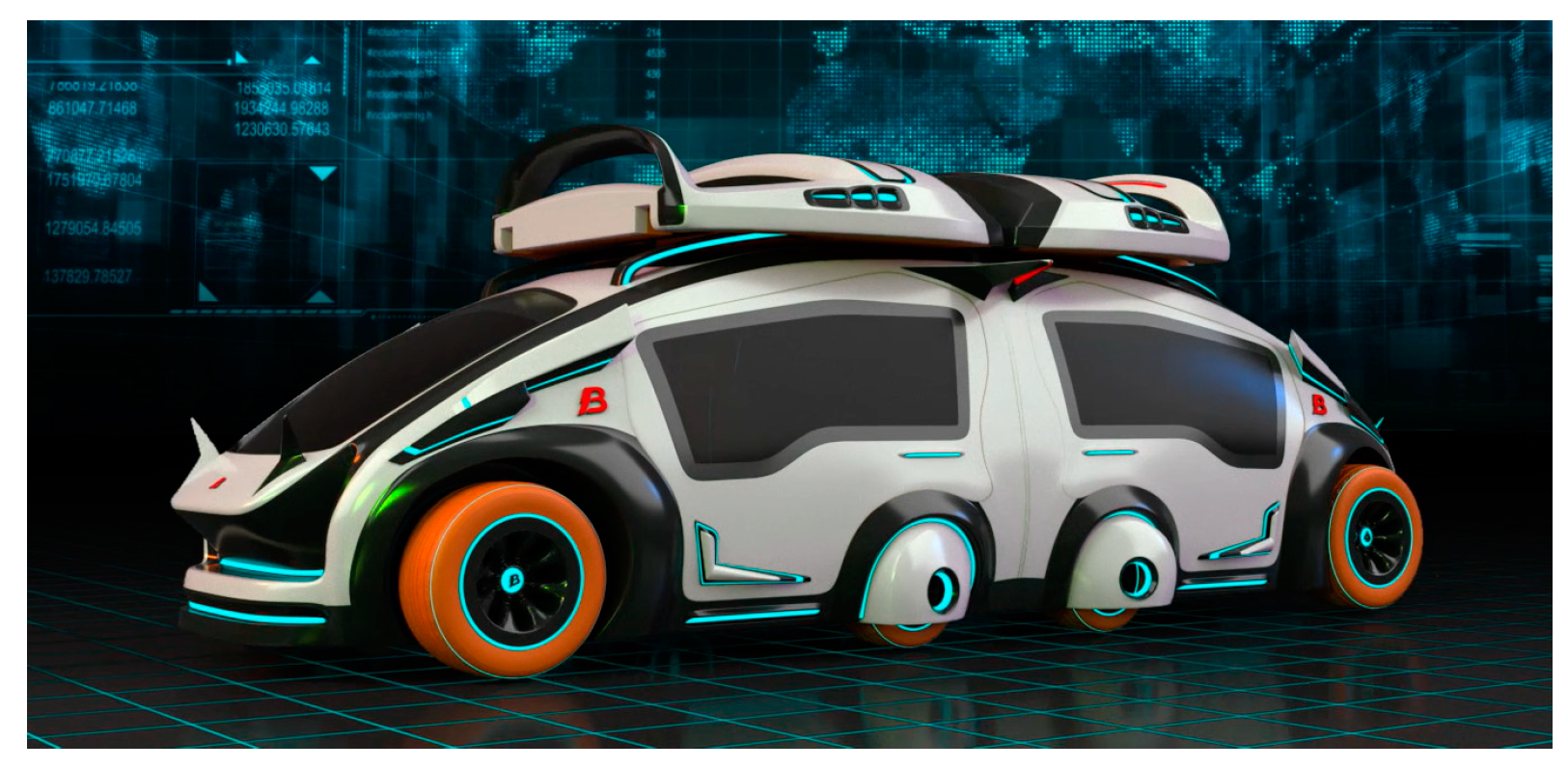


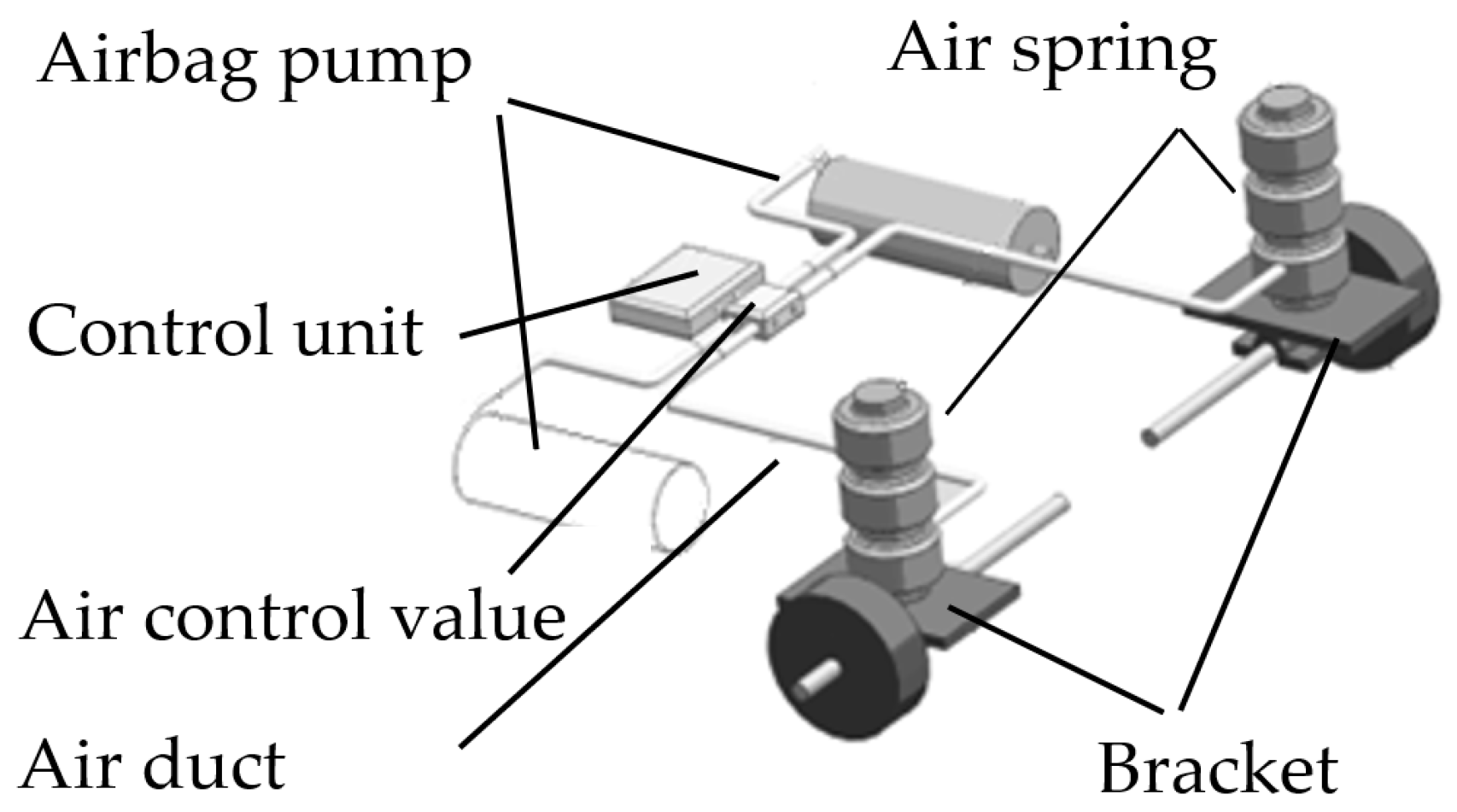
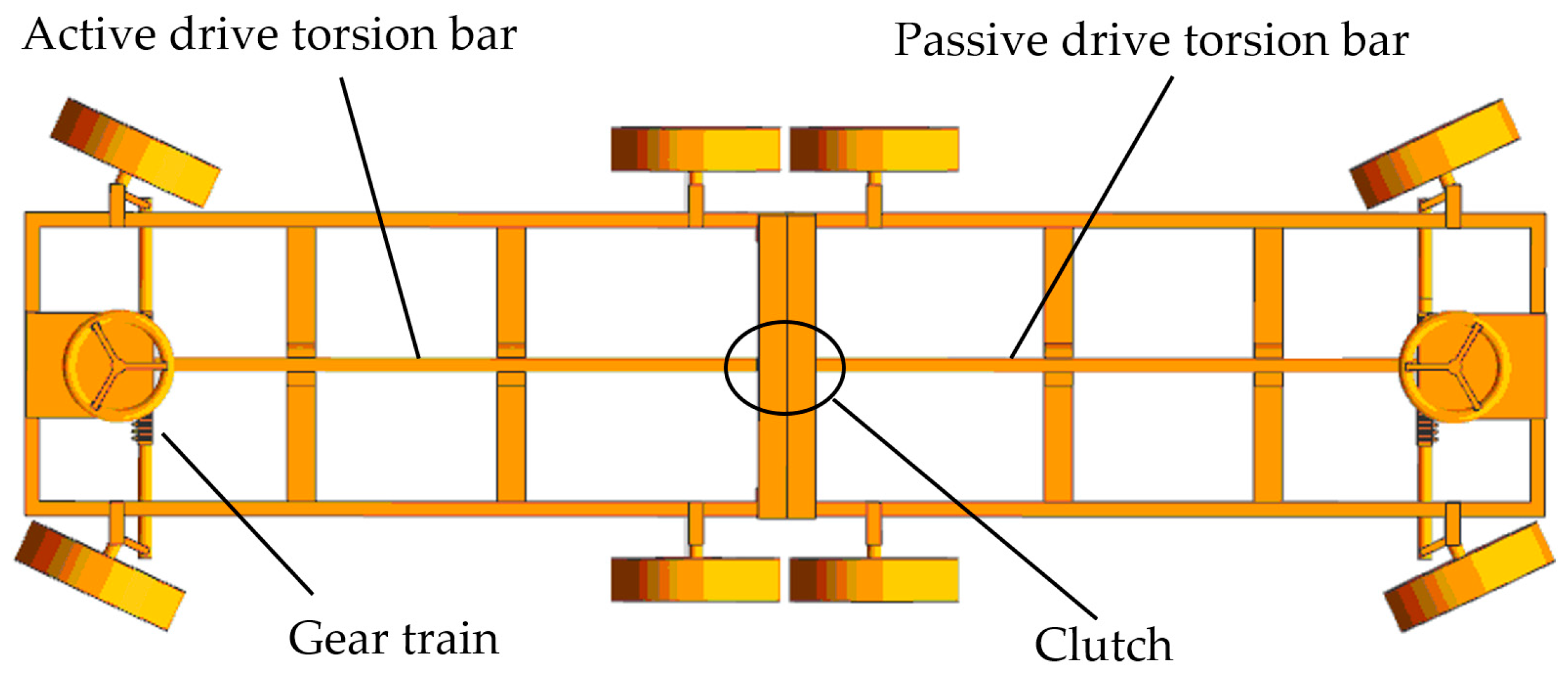
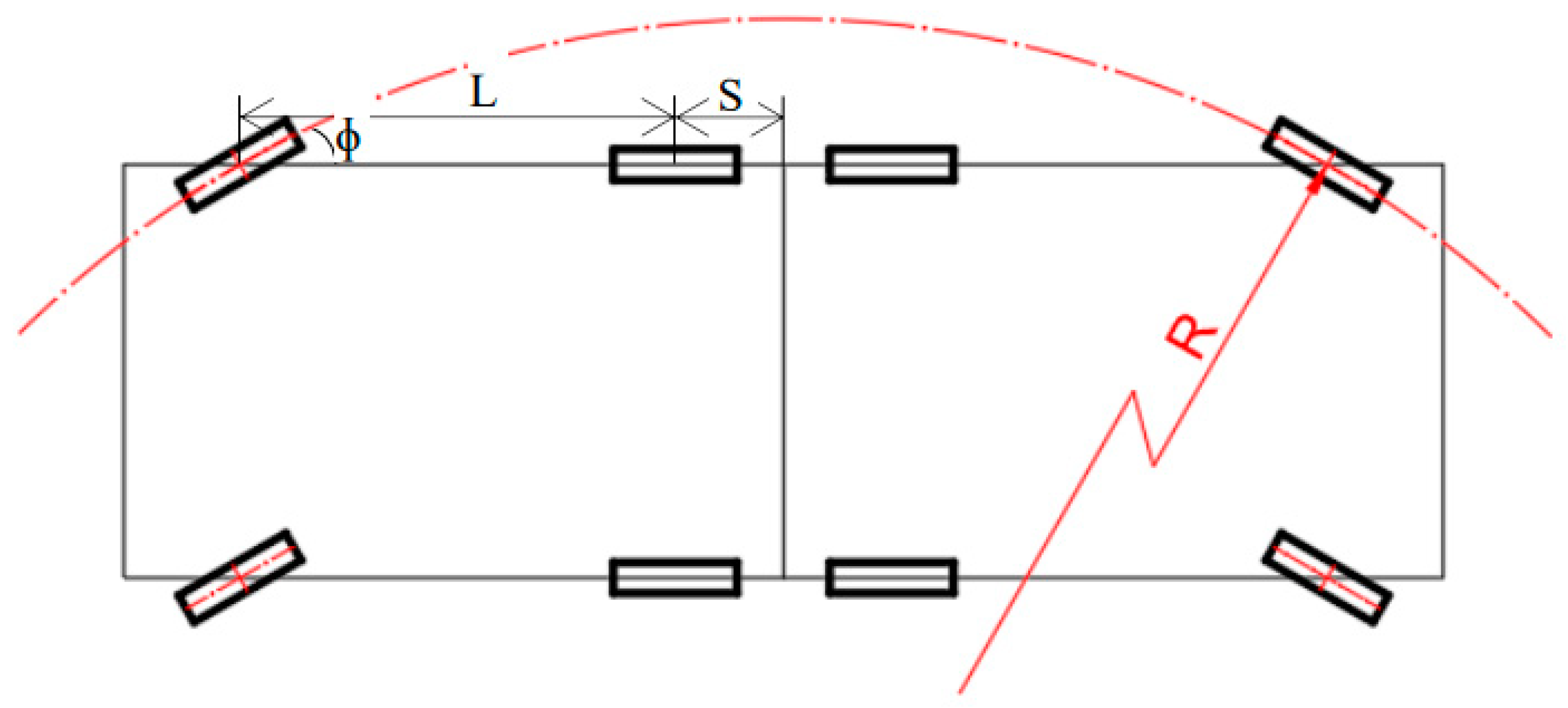

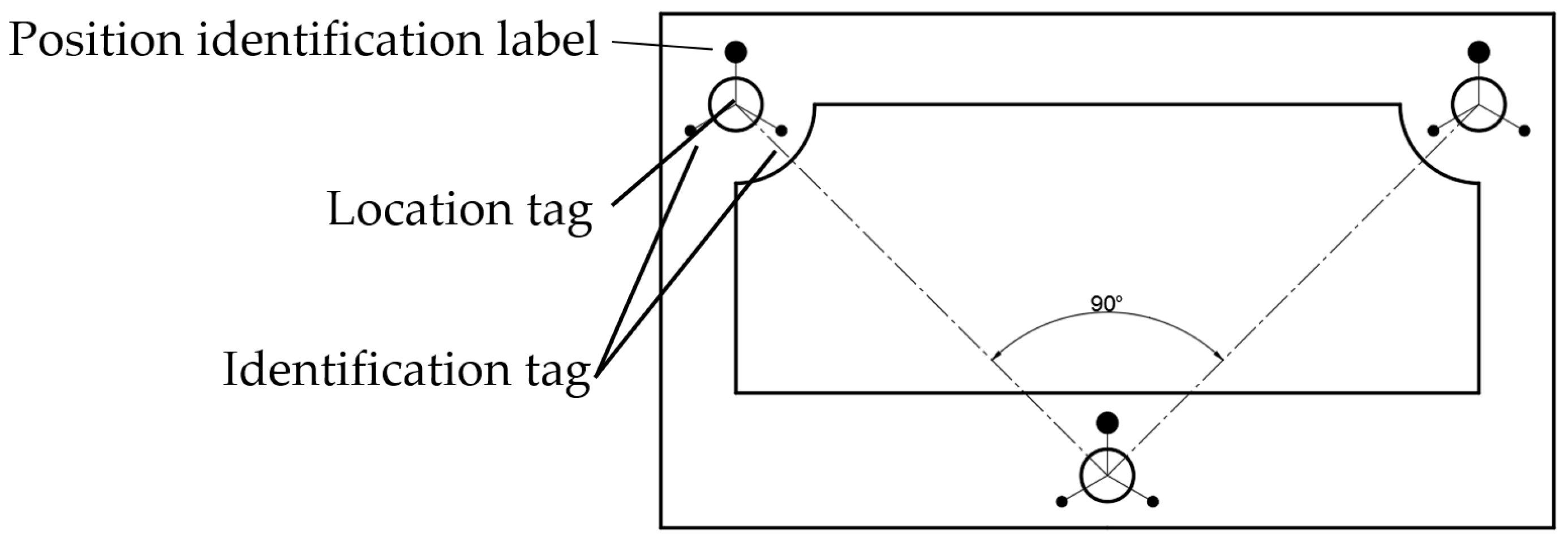
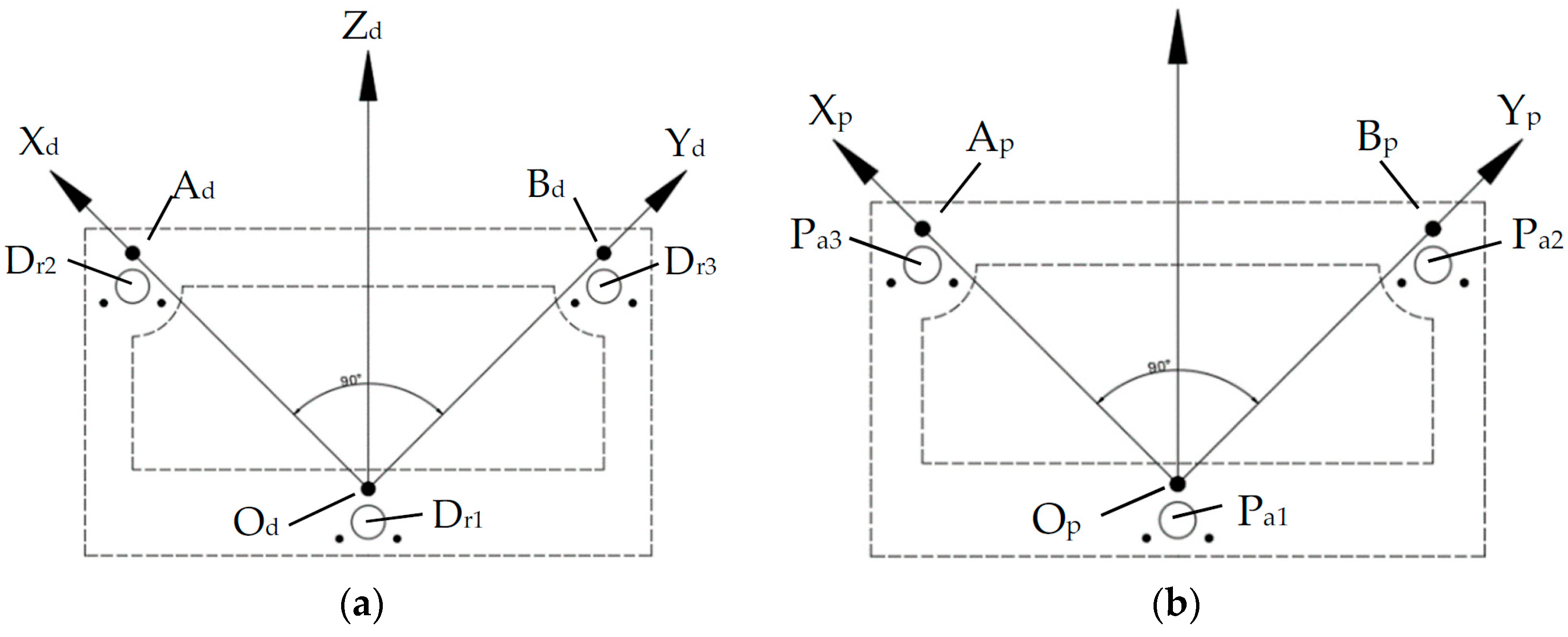
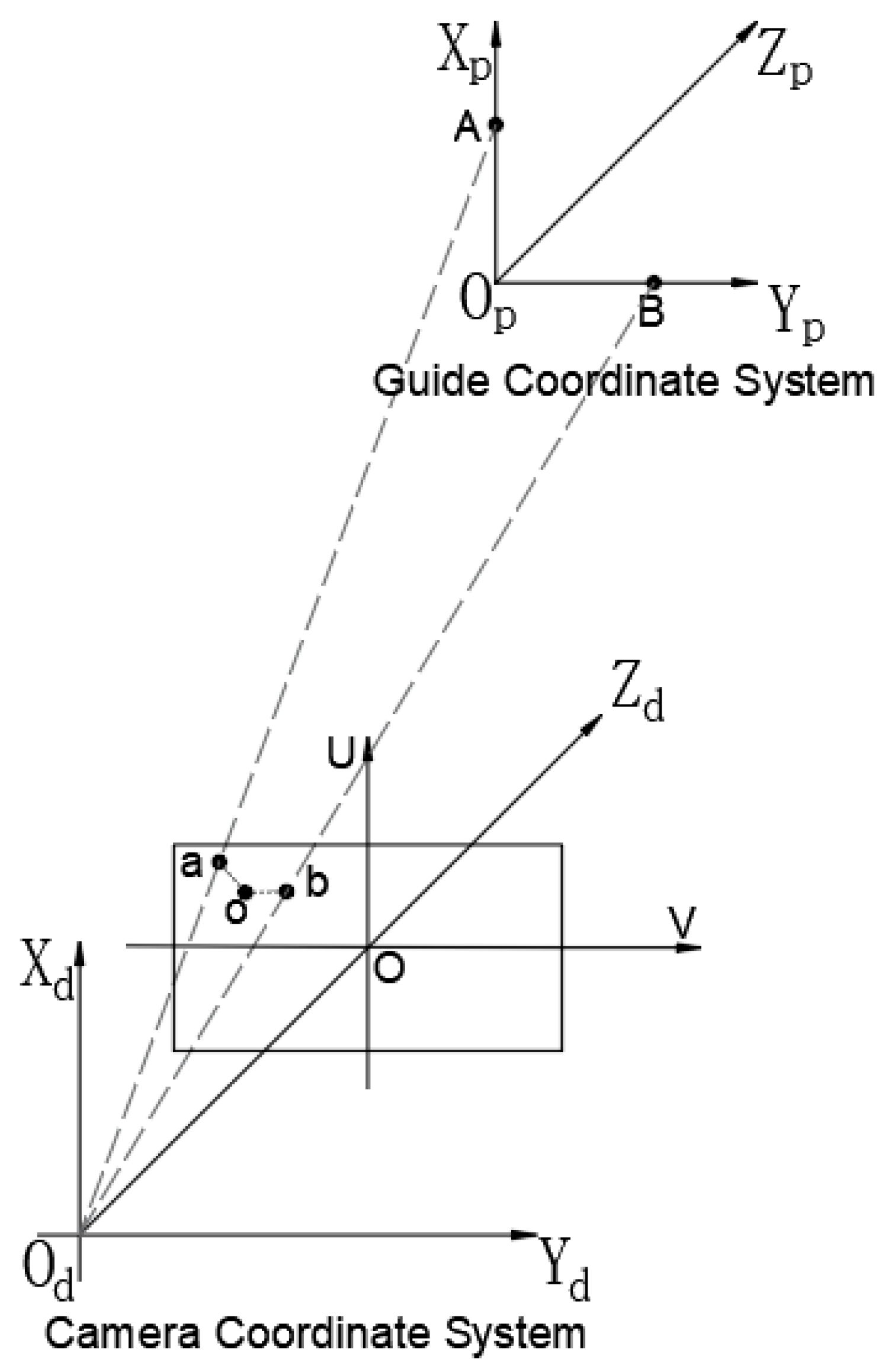

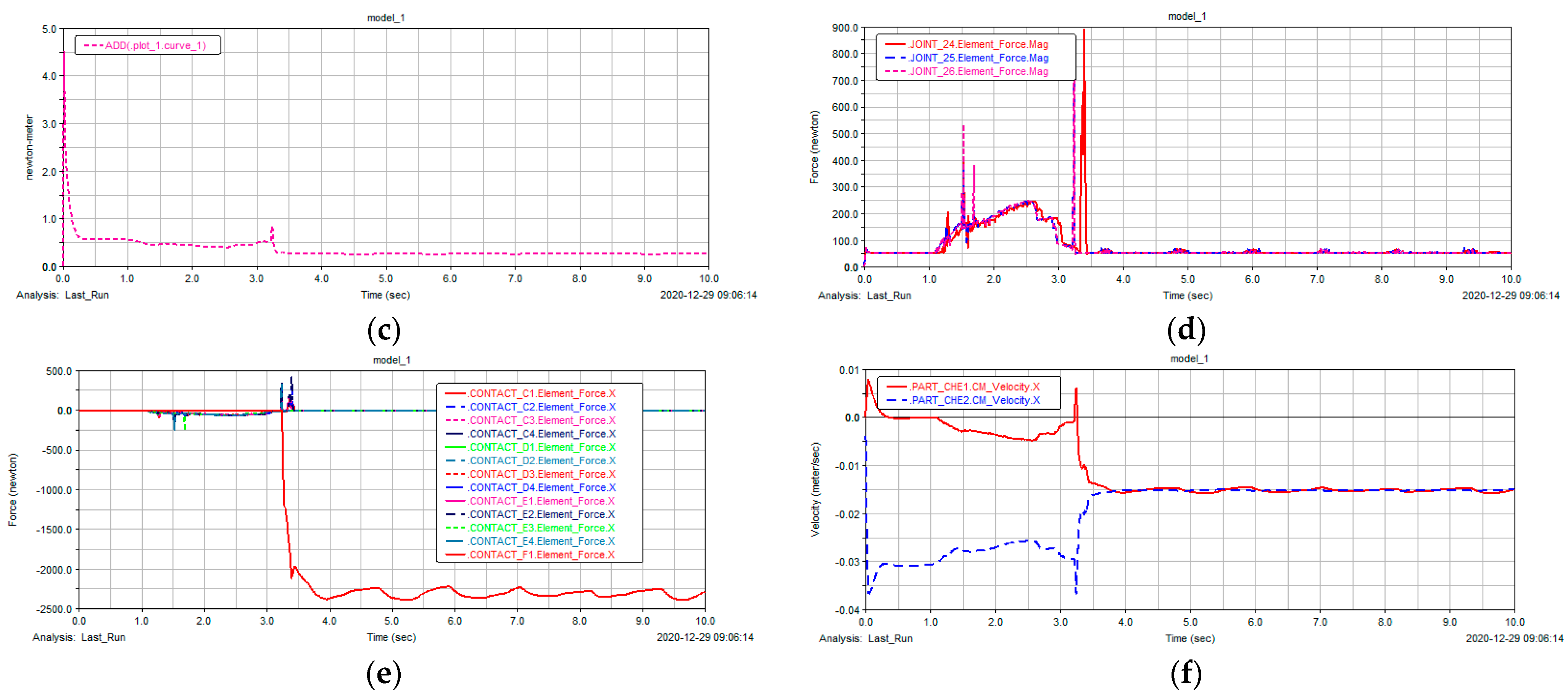

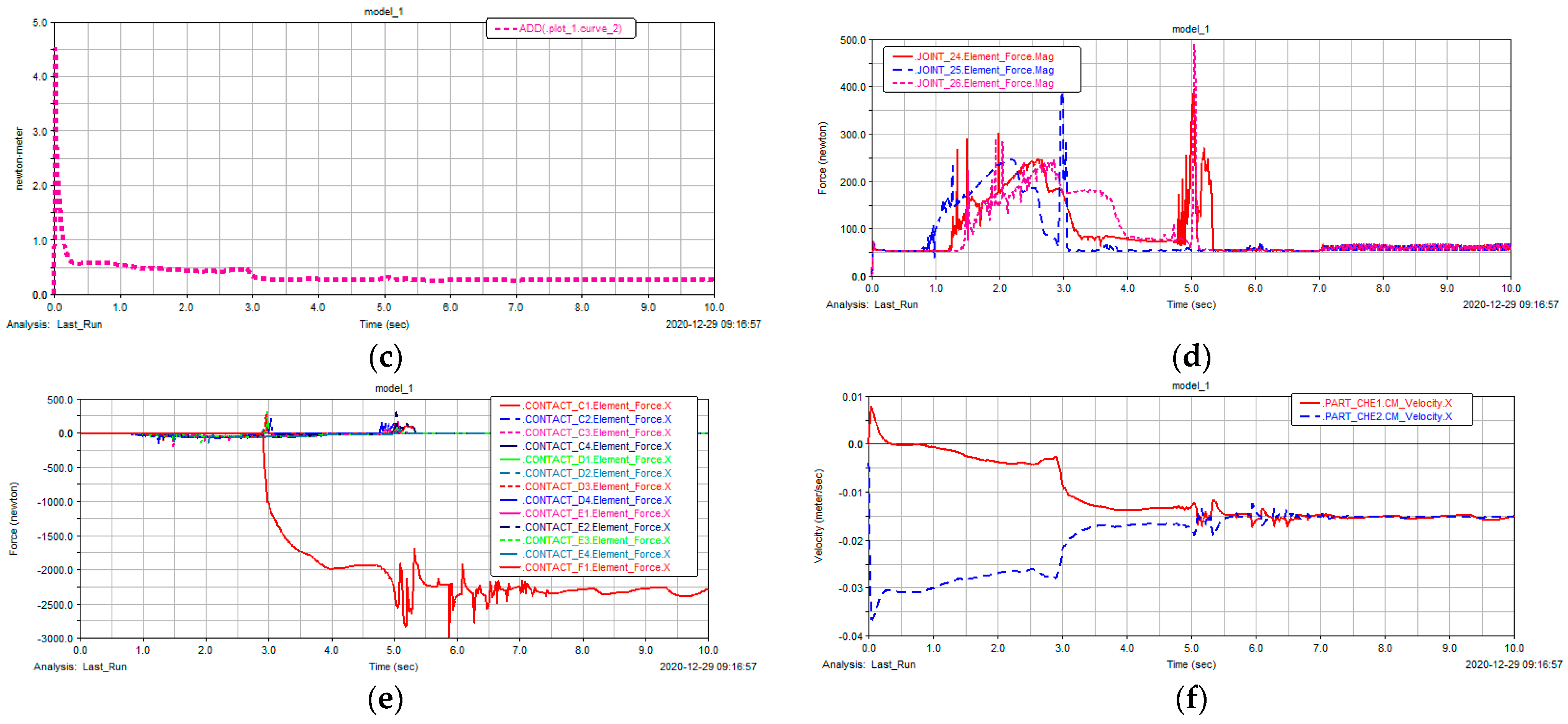
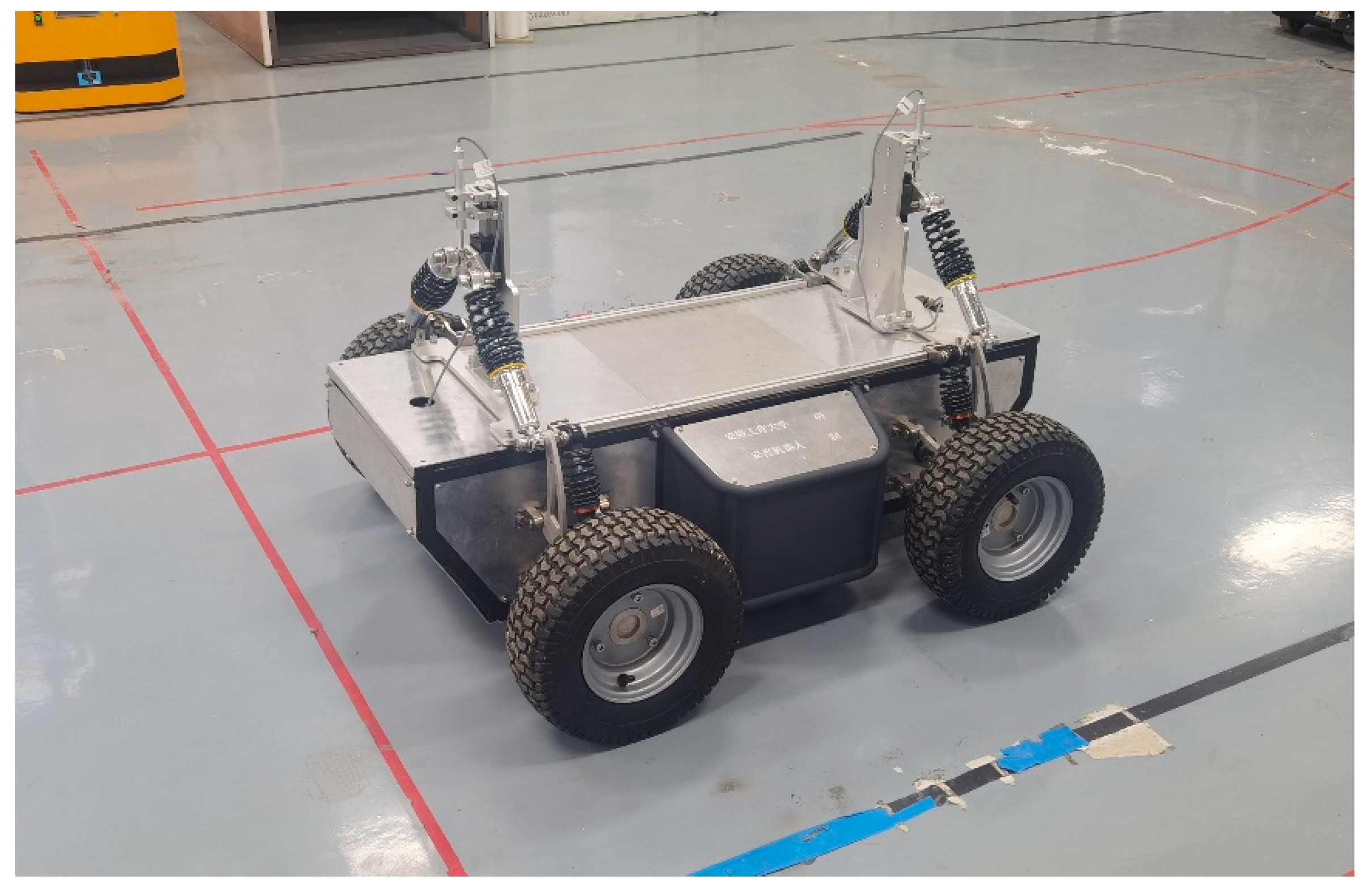
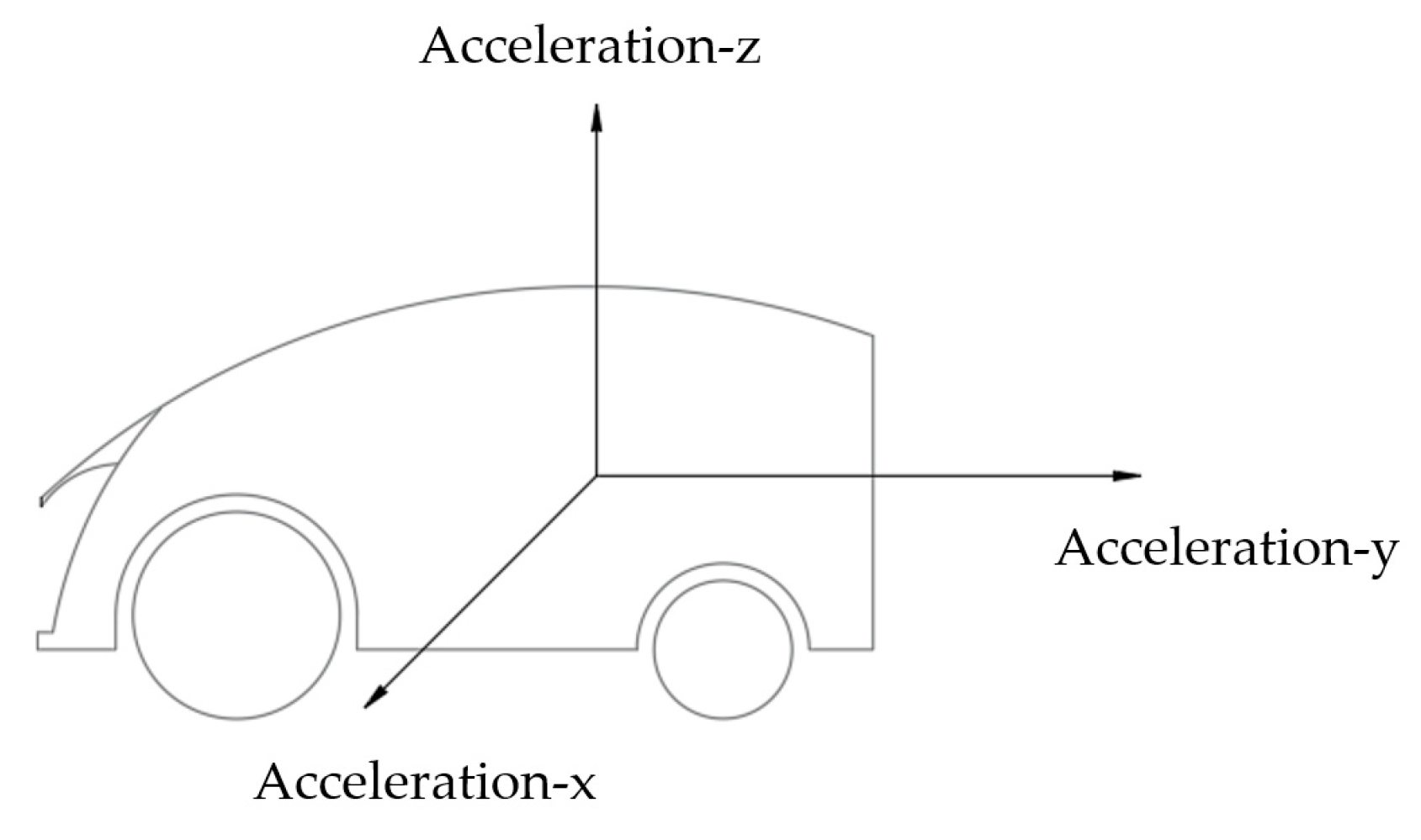
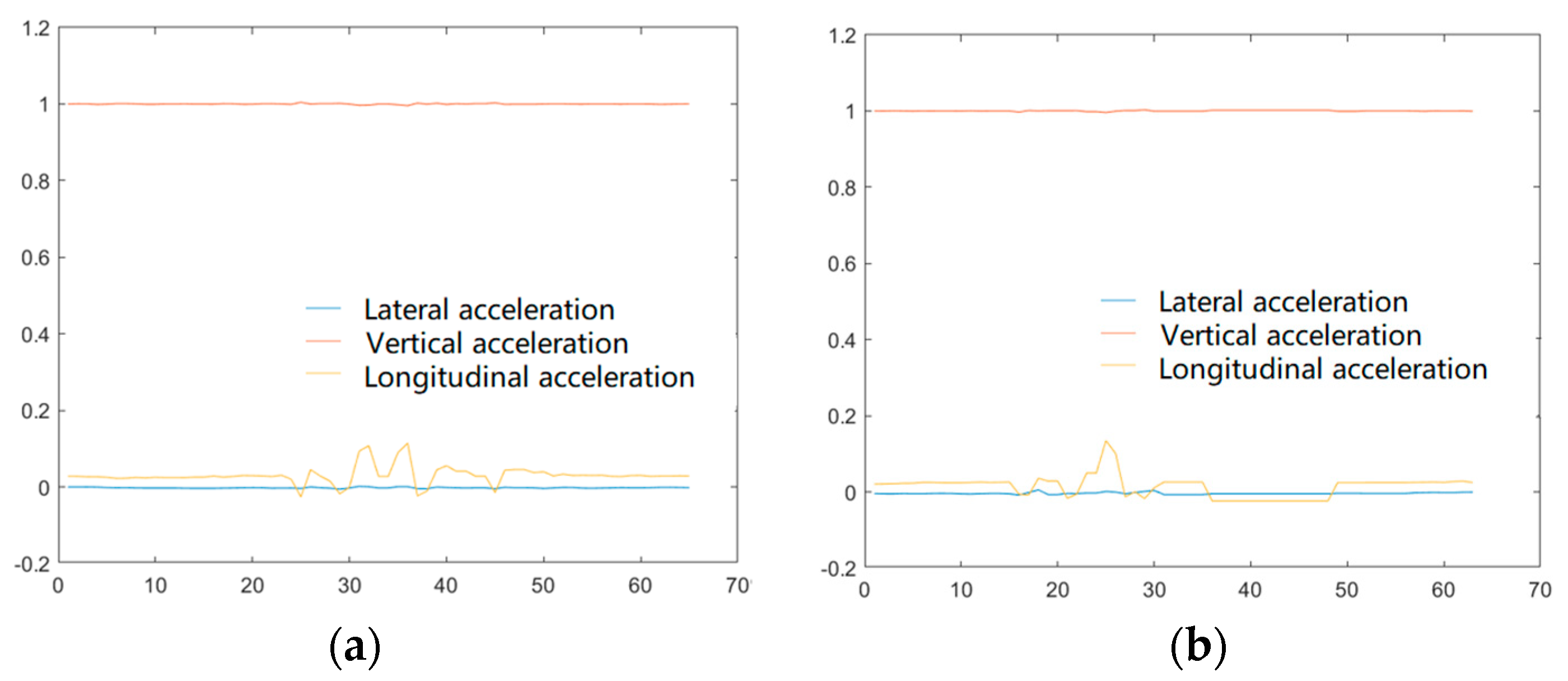
| Condition | Feed Range (mm) | Angle of Inclination (°) | Initial Velocity (m·s−1) | Final Velocity (m·s−1) |
|---|---|---|---|---|
| 1 | 2000–50 | 0 | 1 | 0.2 |
| 50–0 | 0 | 0.2 | 0.2 | |
| 2 | 2000–50 | 3 | 1 | 0.2 |
| 50–0 | 3 | 0.2 | 0.2 |
Disclaimer/Publisher’s Note: The statements, opinions and data contained in all publications are solely those of the individual author(s) and contributor(s) and not of MDPI and/or the editor(s). MDPI and/or the editor(s) disclaim responsibility for any injury to people or property resulting from any ideas, methods, instructions or products referred to in the content. |
© 2023 by the authors. Licensee MDPI, Basel, Switzerland. This article is an open access article distributed under the terms and conditions of the Creative Commons Attribution (CC BY) license (https://creativecommons.org/licenses/by/4.0/).
Share and Cite
Xi, L.; Ni, H.; Wang, B.; Li, Z.; Zhang, C. Dynamic Synthesis of Three−Point Circle Peripheral Docking Technology Pose. Appl. Sci. 2023, 13, 2685. https://doi.org/10.3390/app13042685
Xi L, Ni H, Wang B, Li Z, Zhang C. Dynamic Synthesis of Three−Point Circle Peripheral Docking Technology Pose. Applied Sciences. 2023; 13(4):2685. https://doi.org/10.3390/app13042685
Chicago/Turabian StyleXi, Lin, Huasheng Ni, Buyun Wang, Zengchan Li, and Chenghao Zhang. 2023. "Dynamic Synthesis of Three−Point Circle Peripheral Docking Technology Pose" Applied Sciences 13, no. 4: 2685. https://doi.org/10.3390/app13042685
APA StyleXi, L., Ni, H., Wang, B., Li, Z., & Zhang, C. (2023). Dynamic Synthesis of Three−Point Circle Peripheral Docking Technology Pose. Applied Sciences, 13(4), 2685. https://doi.org/10.3390/app13042685






